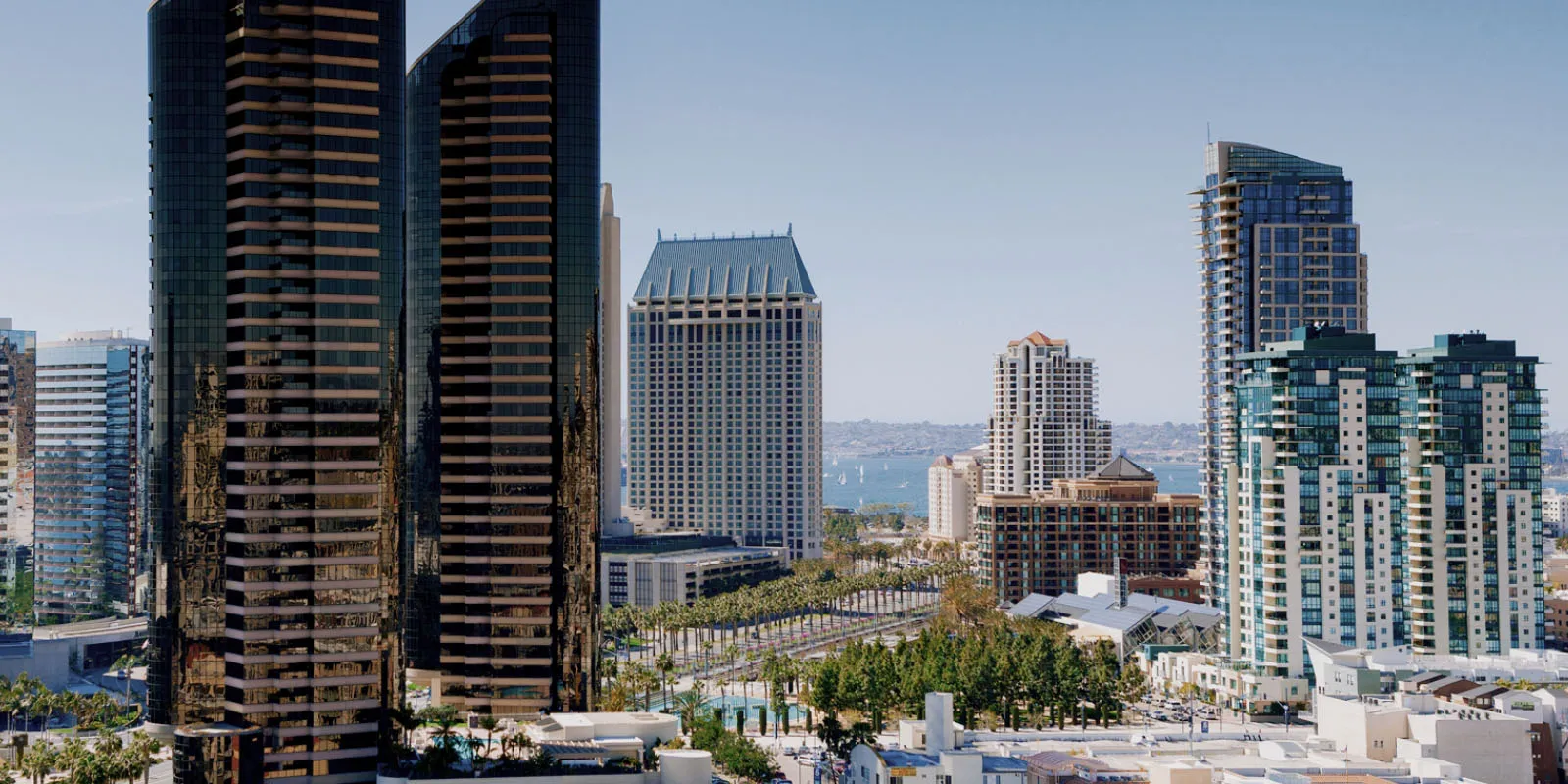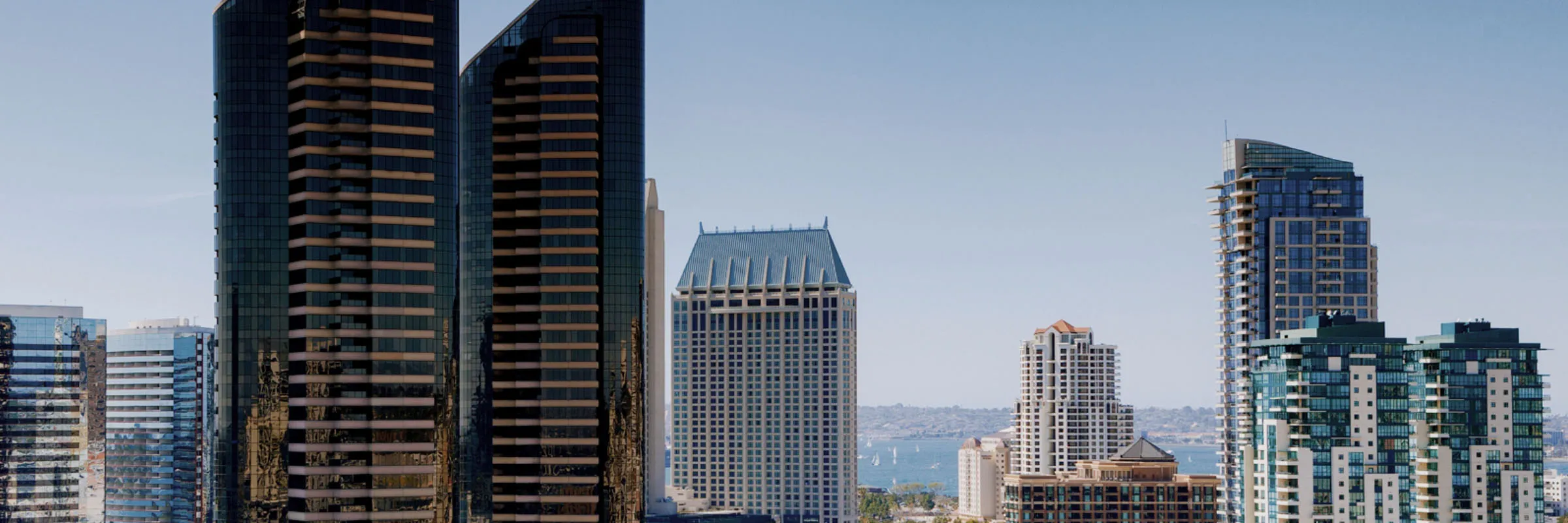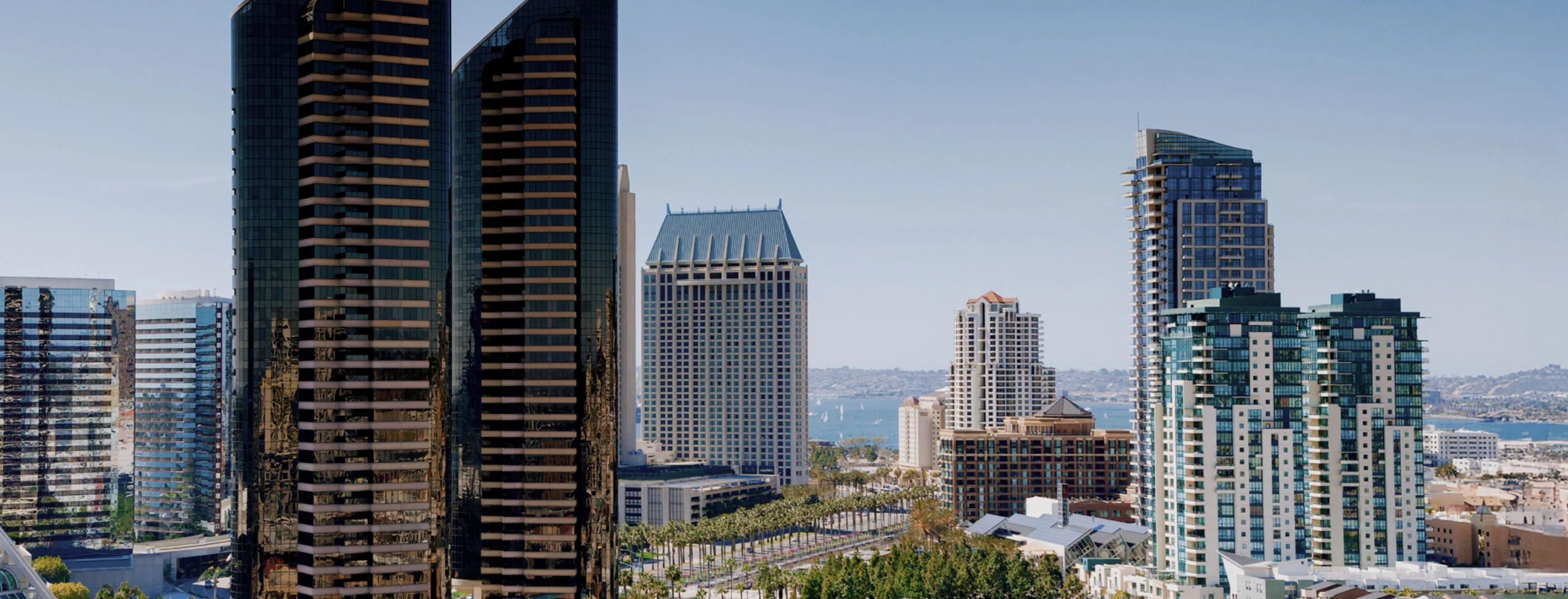Graffiti is somewhat commonplace in the city of San Diego. Both public and private properties are subject to graffiti, either orchestrated in an effort to demonstrate art or to purposely deface property.
To help track the high volume of graffiti removal requests, the street division of the City of San Diego has a division called the Graffiti Control Program that allows people to submit online reports to request graffiti clean up. City crews aim to tackle all requests within five days of receiving a report.
From the start of 2018 to September 21, 2020, there have been 85,841 graffiti removal requests reported to the city of San Diego through the online portal. When looking at the data, a few questions arise: which areas in San Diego have the highest number of graffiti incidents? Does affluence play a role in graffiti clean up times? Has the COVID-19 pandemic created an increase in graffiti clean up requests?
Law Office of George H. Ramos, Jr. teamed up with data visualization firm 1Point21 Interactive to create an interactive map of all the graffiti removal requests submitted in San Diego over the past two years. The map also highlights the status, community, and age (in days) of each case. Working together, Law Office of George H. Ramos, Jr. and 1Point21 Interactive aim to provide answers to the questions mentioned above.
Map Description
The interactive map shown below displays all of the graffiti cleanup requests submitted within the past two years, 2018 to September of 2020. The map also includes information regarding when the graffiti clean up request was made, the case age, the service requested, and the community. Each point on the map was plotted using the latitude and longitude coordinates included in each request. To view the details of each graffiti clean up request, simply hover over each dot.
The color of the dots indicates the status of each graffiti clean up request: blue dots symbolize cases that have been closed, orange dots signify cases that are currently in process of being addressed, and green dots symbolize cases that have been referred. Per the city of San Diego, referred cases are not all handled within the Get It Done system. Some reports may be referred to an agency outside the City, such as Caltrans, or to another department within the City. Referred cases continue to have the status as “referred” and are not updated for reports referred out of the system.
What Neighborhoods in San Diego Had the Highest Number of Graffiti Incidents?
The following San Diego cities had the highest number of graffiti clean up requests reported to the online portal from 2018 to 2020:
| San Diego Community | Number of Submitted Reports |
|---|---|
| Mid-City:City Heights | 13,794 |
| Southeastern San Diego | 10,586 |
| North Park | 6,640 |
| Uptown | 6,410 |
| Downtown | 5,123 |
| Mid-City:Eastern Area | 3,762 |
| Encanto Neighborhoods | 3,697 |
| Clairemont Mesa | 3,560 |
| Skyline-Paradise Hills | 3,112 |
| Otay Mesa-Nestor | 2,689 |
What Neighborhoods in San Diego Had the Lowest Number of Graffiti Incidents?
In contrast, the following San Diego cities had the lowest number of graffiti clean up requests reported to the online portal between 2018 and 2020:
| San Diego Community | Number of Submitted Reports |
|---|---|
| Ncfua Subarea Ii | 1 |
| Via De La Valle | 1 |
| Del Mar Mesa | 2 |
| Los Penasquitos Canyon | 3 |
| East Elliott | 3 |
| Rancho Encantada | 8 |
| Torrey Hills | 9 |
| San Pasqual | 26 |
| Tijuana River Valley | 30 |
| Torrey Highlands | 37 |
*North City Future Urbanizing Area Subarea II (San Dieguito) is located north of the Carmel Valley community between Interstate 5 and Fairbanks Country Club.
How Long Does it Take Up to Clean Up Graffiti in San Diego?
The City of San Diego notes the average duration of graffiti clean up is within 5 days of receiving a report. Based on data from 2018-2020, the average case age was actually 23.5 days, and that number includes cases that are still in process.
In wealthier areas, like La Jolla and Pacific Beach, the average graffiti clean up duration was 21.6 and 17.8 days, respectively. In lower income areas, such as Tijuana River Valley and Mid-City, the average graffiti clean up duration was 47.2 and 42.7 days, respectively.
Have Graffiti Clean Up Requests Increased During the Pandemic?
The COVID-19 pandemic was officially declared as a pandemic by the World Health Organization on March 11, 2020. When comparing the time period of March 11 to September 21 across 2018, 2019, and 2020, there is a significant discrepancy. It is clear there has been a significant decrease in the number of graffiti clean up requests submitted during the pandemic time period when compared to the same time period in previous years. This suggests that there has been a decrease in criminal graffiti activity as well.
The data from March 11, 2018 to September 21, 2018 showed 19,413 graffiti clean up requests. The same time period in the following year, 2019, showed a slight decrease of nearly 1,000 requests, totaling 18,301 requests. The graffiti clean up requests during the same period in 2020 was 14,249; nearly a 27% decrease when compared to the amount of clean up requests submitted in 2018.
Graffiti is a Crime in California
Graffiti, a form of vandalism, is a crime in the state of California. California Penal Code 594 states:
Every person who maliciously commits any of the following acts with respect to any real or personal property not his or her own, in cases other than those specified by state law, is guilty of vandalism:
(1) Defaces with graffiti or other inscribed material.
(2) Damages.
(3) Destroys.
Is Vandalism a Misdemeanor or Felony?
If the amount of the defacement or destruction is less than $400, it is considered to be a misdemeanor. If the defacement or destruction is more than $400, vandalism is punishable by imprisonment in a county jail not exceeding one year or by a fine not more than $1,000, or by both a fine and imprisonment. Vandalism causing defacement or destruction over $400 can be filed as a misdemeanor or a felony.
If the amount of the defacement or destruction is less than $400 and the defendant has been previously convicted of vandalism or affixing graffiti, vandalism is punishable by imprisonment in a county jail not exceeding one year or by a fine not more than $5,000, or by both that fine and imprisonment.
Juveniles and Graffiti
San Diego county has additional laws surrounding juveniles convicted of graffiti vandalism. San Diego Municipal Code (SDMC) § 54.0411 states parents can be civilly liable for up to $25,000 of property damage caused by their minor children, and makes parents reimburse the City for any reward that is paid for the information leading to the arrest and conviction of their minor child for graffiti-related crimes.
A parent is also liable for any fine the child is unable to pay. The amount of fines depends on the amount of damage: the maximum fine is $50,000. If you or a loved one was arrested or charged with a graffiti or vandalism charge, speak with an experienced criminal defense attorney in San Diego to protect your rights and explore your legal options.




